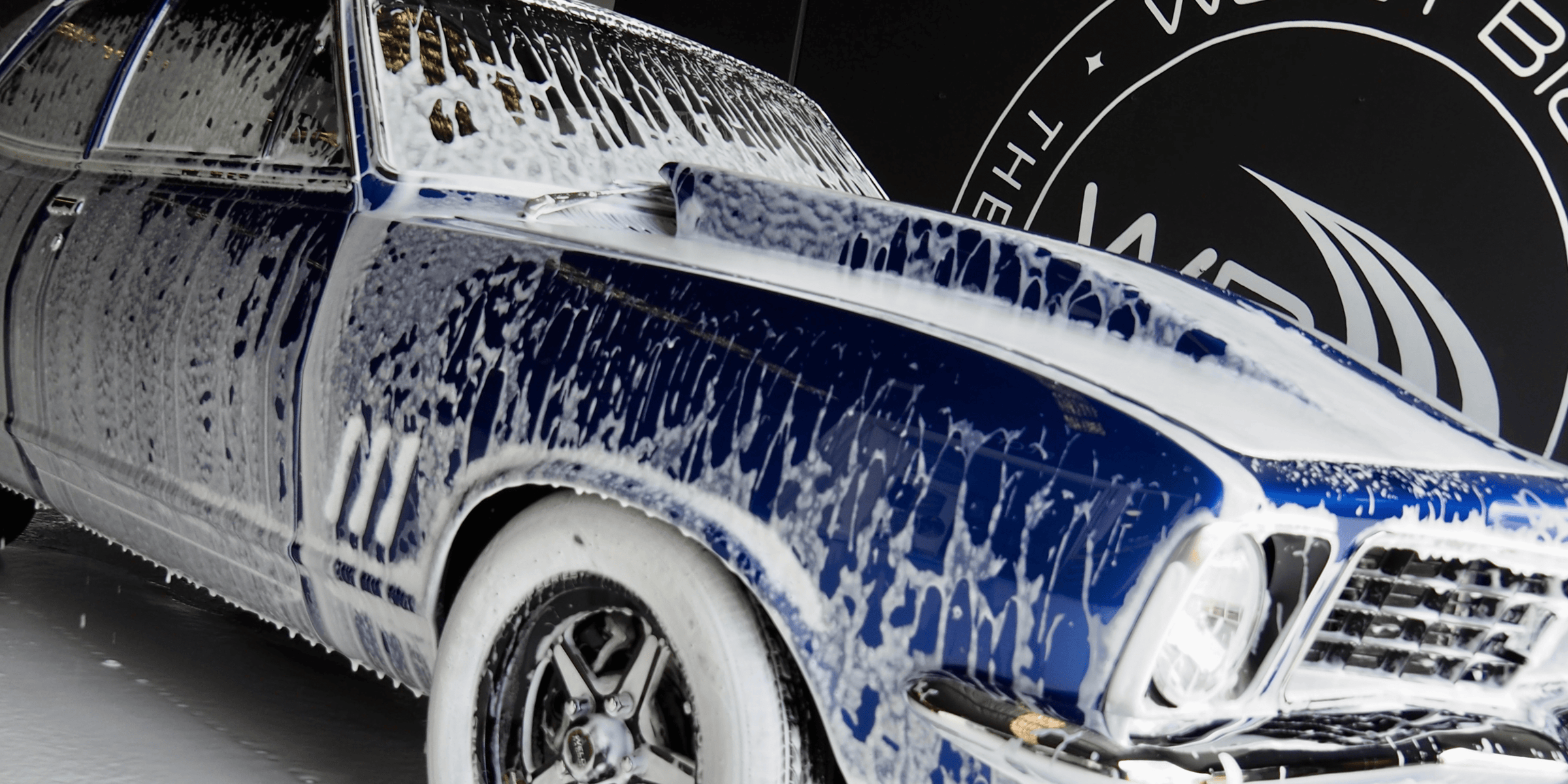Car detailing is a vital part of car maintenance that not only enhances the appearance of your vehicle but also helps to protect its value. But let's be real, many of us don't give detailing the attention it deserves, which can lead to some costly mistakes. Lucky for you, we've got the ultimate guide to the do's and don'ts of car detailing. From picking the right products to avoiding rookie mistakes, we've got you covered. Whether you're a seasoned car pro or just trying to keep your ride looking fresh, these tips will have your car looking like it's fresh off the lot. So, buckle up and get ready to take notes because we're about to drop some serious knowledge on how to keep your ride looking great for years to come.
One of the key tools you'll want to have in your car detailing arsenal is a foam applicator. This nifty little tool is a game-changer. One of the great things about a foam applicator is that it allows you to apply product to your car's paint touchlessly. This means that you are less likely to get swirl marks and scratches. It's a simple and effective tool that can help you achieve professional-level results without damaging your car's paint. So, make sure you have one on hand the next time you're ready to detail your car, and watch the magic happen!


When it comes to washing your car, many people reach for a sponge without thinking twice. However, using a sponge to wash your car can actually do more harm than good. Sponges can scratch your car's paint as they can trap dirt and debris in their pores, which can then scratch your car's paint as you wash it. This can lead to unsightly swirl marks and scratches that can be difficult and expensive to remove. Long story short they move rather than lift dirt so by switching to a high-quality microfiber wash mitt, you'll be able to wash your car more effectively and without the risk of damaging the paint.
When it comes to washing your car, using two buckets is a best practice that can make a big difference in the quality of your results. When you use one bucket, you put dirty water back onto your car every time you dip your wash mitt back into the bucket. This can lead to swirl marks and scratches. Using two buckets, one for soap and one for rinsing, allows you to keep the dirty water away from your car and ensures that you're only using clean water and soap to wash your car. You can take your car washing game to the next level by using a grit guard. This is a plastic insert that sits at the bottom of your rinse bucket and helps to trap dirt and debris, further reducing the risk of scratches and swirl marks.


If you're thinking of using dish soap or laundry detergent to wash your car, stop right there. While these household cleaning products may be effective at removing dirt and grime, they're not suitable for use on your car's delicate paintwork. One of the main problems with using dish soap is that they can strip the protective wax off your car's paint. This can leave your car vulnerable to damage from the elements, as well as making it more susceptible to scratches and swirl marks. Car shampoos are specifically designed for automotive use and effective at removing dirt and grime without damaging the paint or stripping the wax, leaving your car with a clean and shiny finish.
Different parts of the car have different levels of dirt and grime. For example, the wheels and tyres are going to be much dirtier than the roof of the car. If you're using the same wash mitt to clean all parts of the car, you're going to be spreading dirt and grime from one area to another. So if you want to ensure your car is getting the best possible wash, it's important to use different microfibres for different areas to prevent cross-contamination. By using the right mitt for each area of the car, you'll be able to keep your car looking its best and avoid scratches and swirl marks.


After washing your car, it's important to dry it thoroughly to prevent water spots from forming. Many car owners make the mistake of letting their cars air dry, which can leave behind unsightly water spots that can be difficult to remove. When water dries on your car's surface, it can leave behind minerals and other contaminants that can be difficult to remove. These water spots can make your car look dirty and dull, and they can even damage the paint over time. To avoid this issue, it's important to use a drying towel to dry your car after washing it.
Similarly, one of the most important things to keep in mind is to work in the shade. Detailing your car in direct sunlight can cause a number of issues, including water spots and uneven drying. If your car is in direct sunlight product you've applied can dry and bake into your paintwork before you've had a chance to work with it. So when you're ready to detail your car, look for a shaded area such as a garage, carport, or even a shady spot under a tree. This will provide you with the perfect working conditions to get the job done right.

In summary, car detailing is a crucial part of car maintenance that helps to enhance the appearance of your vehicle and protect its value. However, it's important to do it correctly to avoid causing damage to your car's paint and finish. By following the do's and don'ts of car detailing, you can achieve professional-level results and keep your car in top shape for years to come. Remember, proper car detailing not only keeps your car looking great but also protects its value over time.


